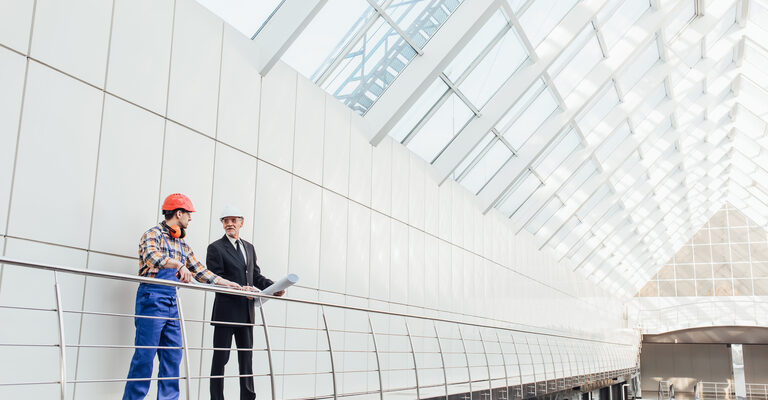Structural engineering and transportation engineering are essential majors in Civil engineering, which have differences in the knowledge and responsibility, ultimately in career. And both attempt to make the built environment better. Being able to define the differences between these fields can help students, professionals, and even potential clients decipher career paths, relationships, and project requirements.
Structural Engineering
Key Responsibilities
- Estimating loads and stresses imposed on buildings, bridges, and other structures.
- Choosing the right materials for strength and economy.
- Creating frames that don’t shake during windy days, earthquakes, or other natural forces.
- Partnering with architects to marry performance to aesthetics.
- Weighing when neglected infrastructure becomes unsafe.
Typical Projects
Structural engineers‘ projects include buildings, towers, bridges, tunnels, dams, and stadiums. Their aim, whether it’s a high-rise apartment building or a pedestrian bridge, is to keep structures functioning safely and effectively to meet clients’ needs.
Skills Required
For the best of success in the field of structural engineering, one should have sound knowledge of physics, mechanics, and material science theory. Must have proficiency in design/project software such as AutoCAD, Revit, and structural design software.
Transportation Engineering
Key Responsibilities
- The designing of roads, intersections, and traffic flow patterns.
- To build good transit—we’re talking subways, light rail, and bus networks.
- All of the above can be utilized to help manage congestion, traffic safety, and infrastructure load.
- Transportation projects: assessing their environmental and social impacts.
- Intelligent Transportation Systems (ITS), and emerging technology such as smart signals and the infrastructure needed to support autonomous vehicles.
Typical Projects
Highways, long-distance rail, airports, traffic simulations, and big public transport systems. Transportation engineers often collaborate with urban planners to design systems that minimize travel time, while delivering value for money, maximizing safety, and considering other considerations.
Skills Required
Strong math, planning, Geographic Information System (GIS), and traffic engineering skills are also important. Also, key to success in this profession is problem-solving, critical thinking, and planning for long-term mobility.
Comparing Structural and Transportation Engineering
Although both are sub-disciplines of civil engineering, they vary:
- Structural engineering is the science of the stability and permanence of structures.
- Transport Engineering deals with the design and planning of the operation of transportation systems.
They each also require technical skills, creativity, and working with a team, but the type of projects and daily responsibilities are much different. Structural engineers might be plugging in numbers for a steel frame design, transportation engineers for traffic flow at a busy intersection.
For students or working professionals deciding on a path:
- If you like to solve problems with materials and physical forces, structural engineering could be your perfect fit.
- If you are interested in how cities work and how infrastructure enables mobility, transportation engineering would perhaps be more rewarding.
Career Opportunities and Growth
Both have stable demand and good growth prospects. Rapid urbanization requires structural engineers to develop safe housing, places of business, and durable public works. Meanwhile, transportation engineers are critical participants in the efforts to create sustainable ways to impact the world’s expanding population, smart cities planning, and green culture.
Game-changing technologies with respect to advanced materials, artificial intelligence in traffic control, and resilient infrastructure systems will define the future of both professions.
Final Thoughts
Both structural and transportation engineering are essential to society, though they do different things. And while structural engineers make certain the built environment stands tall and safe, transportation engineers are the ones who help keep our communities moving. In the end, each is a worthy pursuit, one that builds, creates, and supports the development of infrastructure and sustainable communities in which to live.
If you’re looking for someone to provide you with structural engineering services, you need to make sure that you’re investing in working with professionals who comprehend the intricacies of designing safe, efficient, and durable structures.
Visit Valdez Engineering, which specializes in structural solutions and has the staff to meet your project’s needs, from modern structures to bridges capable of with standing natural disasters to the renovation of historic structures.

